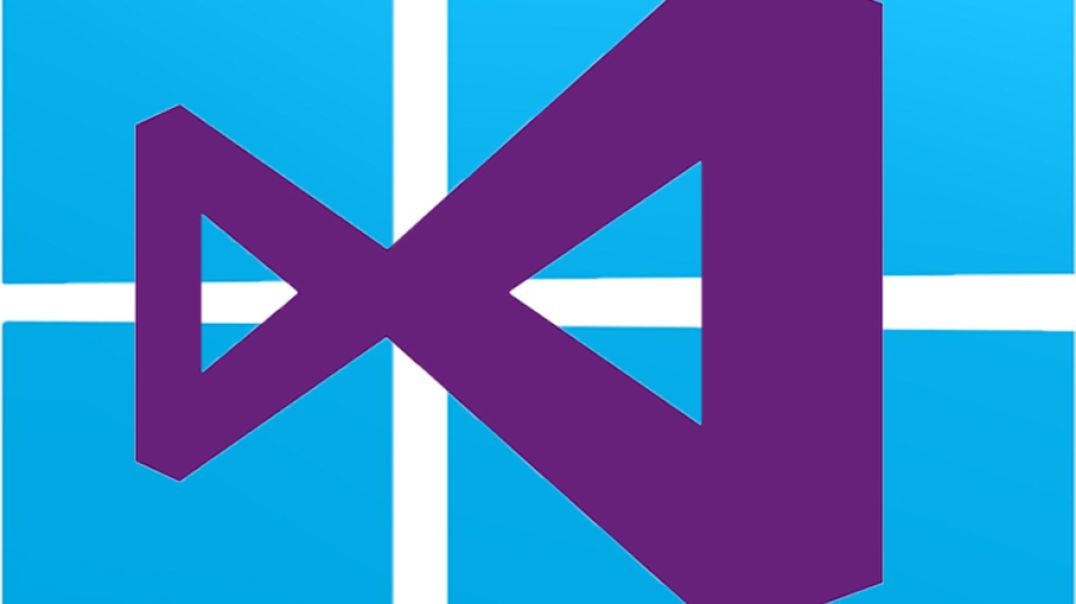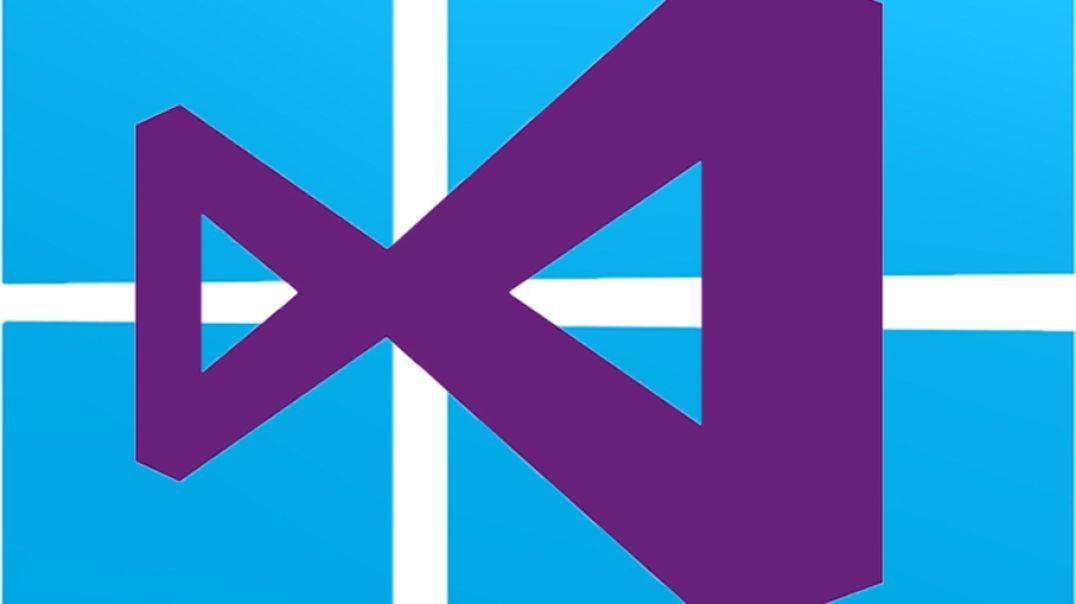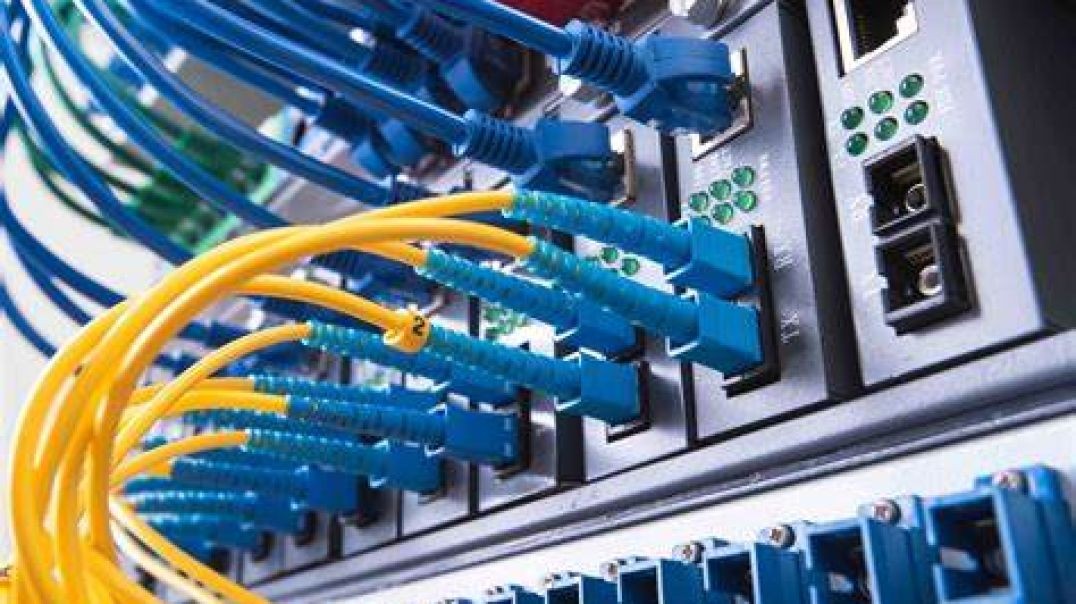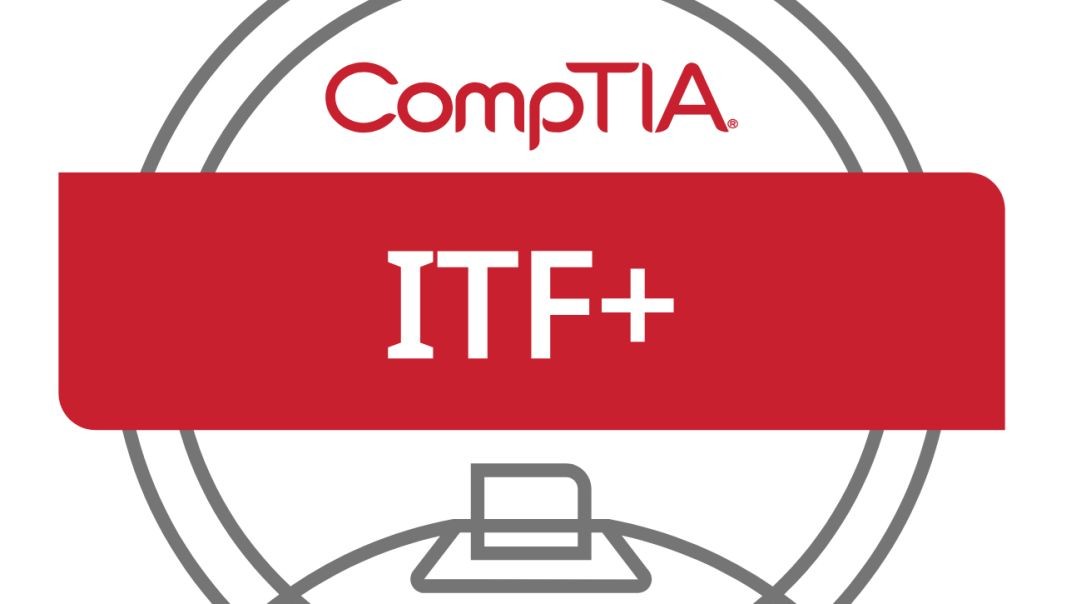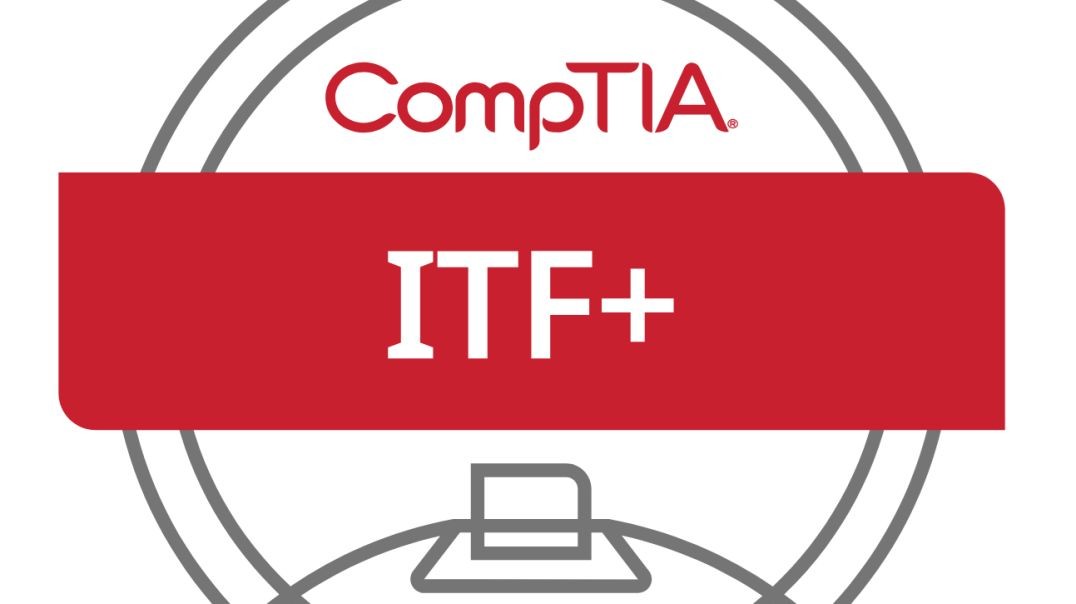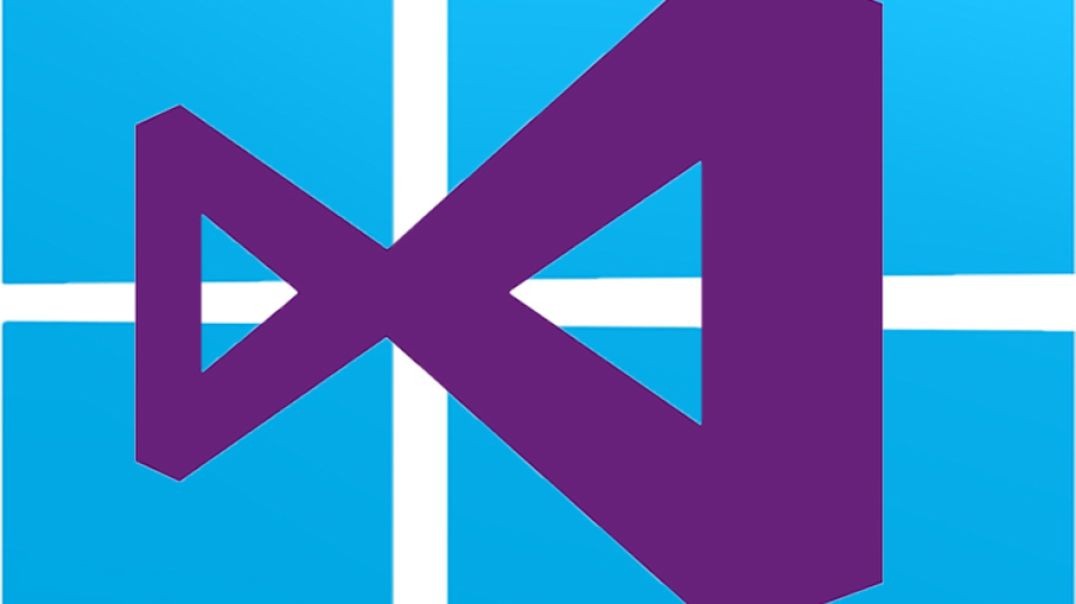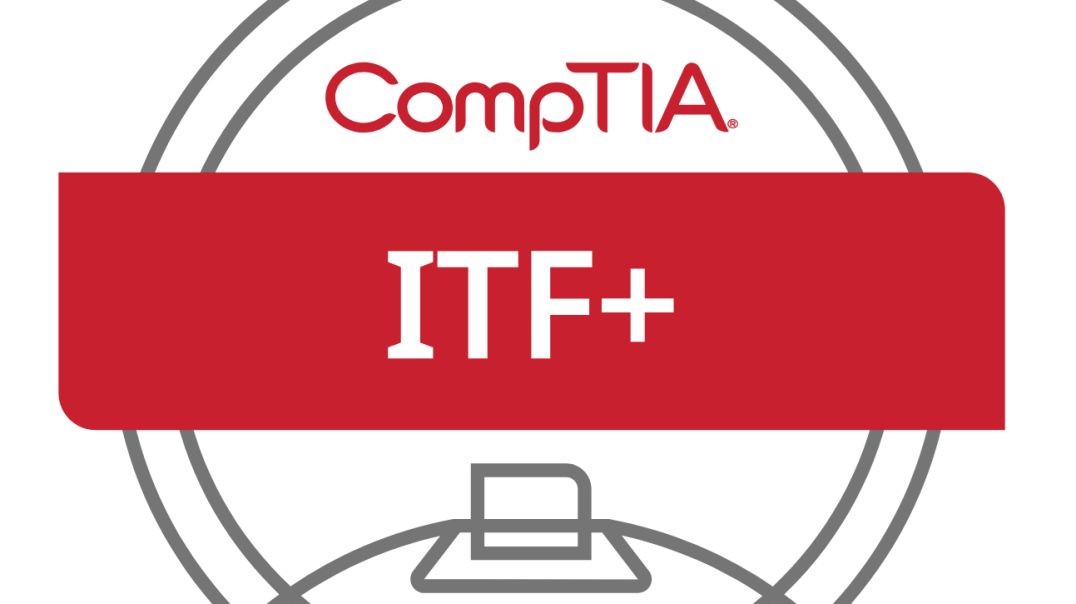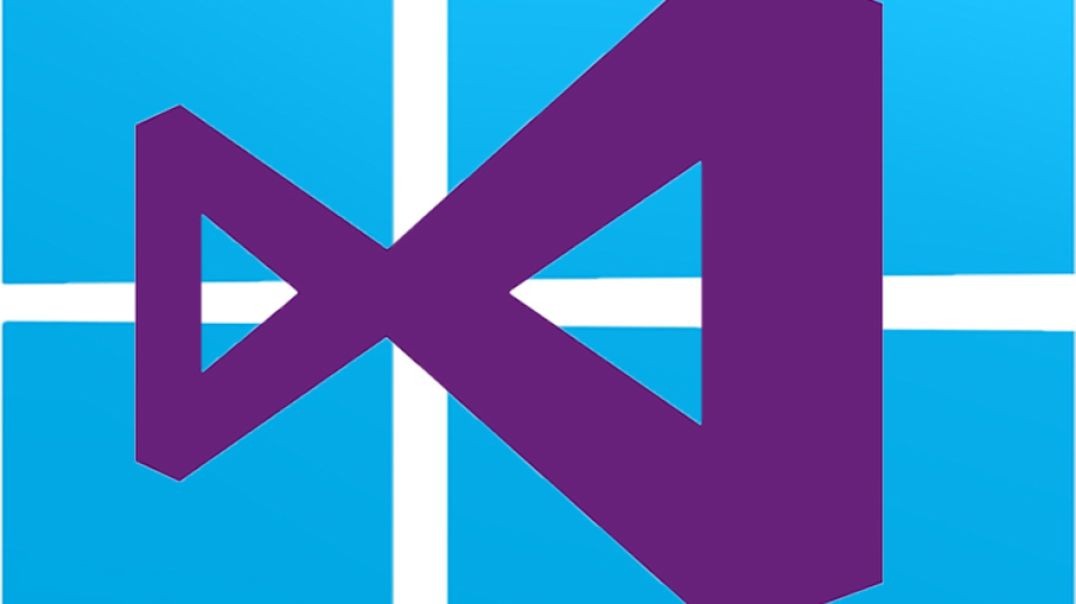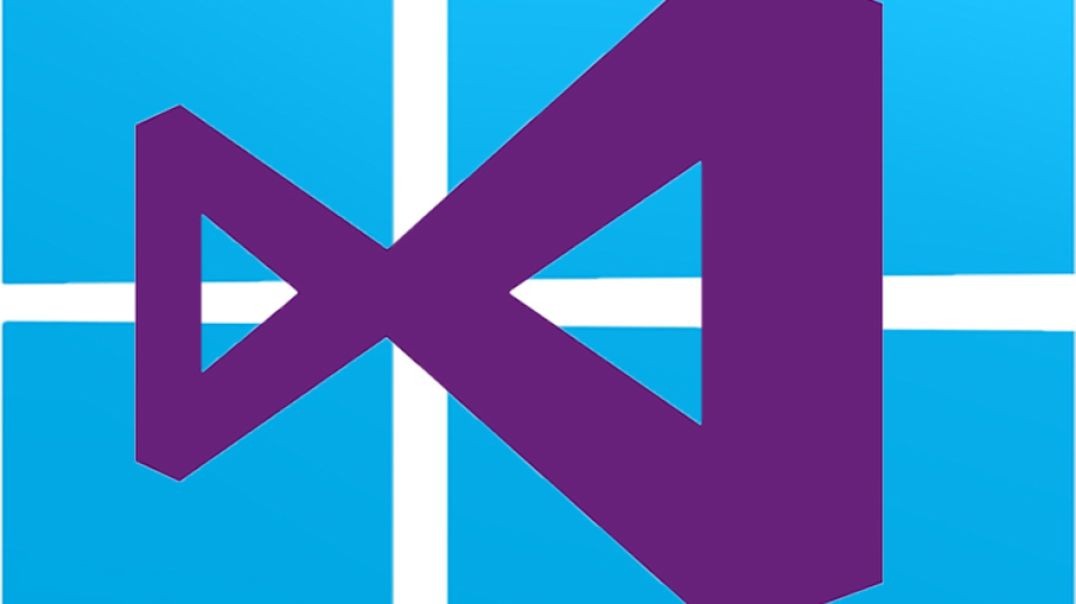Top videos
Part 13 of Computer Networking Fundamentals: Virtual Private Networks (VPN)
Virtual Private Networks
At the end of this episode, I will be able to:
- Identify and describe the characteristics and importance of VPNs.
Learner Objective: Identify and describe the characteristics and importance of VPNs
Description: In this episode, the learner will be introduced to virtual private networks or VPNs as well as the importance and attributes of this technology.
- Introduction to Network Infrastructure
- Virtual Private Networks
- A technology that allows for secure communications using public networks infrastructure
- Tunneling Protocols -
- Protocol - a set of rules for communications on a network
- Point-to-Point Tunneling Protocol (PPTP) - the oldest VPN tunneling protocol, while still in use, should be avoided due to vulnerabilities in the encryption and authentication.
- Layer 2 Tunneling Protocol (L2TP)- a combination of Microsoft's PPTP and Cisco's Layer 2 Forwarding (L2F), is a complex VPN protocol that is commonly coupled with IPSec for strong encryption.
- Microsoft Point-to-Point Encryption (MPPE)- an older encryption protocol used with dial-up connections and VPN technologies. This protocol is not considered to be secure and should be avoided where security is a concern.
- IP Security (IPSec)
- VPN Types
- Remote Access VPN - connects remote users to the organization's network from any location
- Site-to-site VPN - connects two local area networks together
- Virtual Private Networks
Consider what it must have been like to be among the very first historians, not only practicing your art, but having to define it and its standards, as well. See how fundamental questions about writing history were answered by Herodotus, Thucydides, and Sima Qian.
Japan's second great wave of globalization, the subject of this lecture, stretched from the 1300s to the early 1600s. It's a fascinating period that includes competition with China's Ming dynasty; the new influence of the West (which brought with it guns and Christianity); and the rule of Toyotomi Hideyoshi, Japan's most powerful warlord.
CompTIA IT Fundamentals+ Course | Module 4 Part 5: Servers
CompTIA IT Fundamentals+ Course | Module 17 Part 1: Cybersecurity Fundamentals
Part 26 of C# .NET Bootcamp: Conditionals
In this lesson you will learn about using conditionals branching in C#
Part 43 of C# .NET Bootcamp: Implicit Typing in C# (using var Keyword)
Part 05 of Computer Networking Fundamentals: Demarcs and Perimeter Networks
Demarcation and Perimeter Networks
At the end of this episode, I will be able to:
- Describe the characteristics and importance of demarcation points and perimeter networks.
Learner Objective: Describe the characteristics and importance of demarcation points and perimeter networks.
Description: In this episode, the learner will explore what demarcation points and perimeter networks are as well as what the importance of these technologies are in networking.
- Introduction to Network Infrastructure
- Demarcation point - The physical point that a carrier's network connection ends and a private network starts (think network boundaries). The term demarcation is often abbreviated demarc.
- Types of demarcation points
- Residential - These are utilized in homes, either at the first socket (typically the kitchen) or a junction box on the exterior of the house
- Business - These demarcation points are either installed on the exterior of the building, or the carrier will install a specialized device within the interior of the building at a main distribution frame (think server closet/datacenter)
- Demarcation wiring runs either overhead or underground
- A demarc is important to understand in networks today as this marks the point of responsibility for networked components and service. The carrier's network up to the demarc is the responsibility of the carrier, however the demarc point that connect on the residential or business side is the responsibility of the subscriber.
- Demarc connections can be fiber, coaxial or PSTN lines
- Types of demarcation points
- Perimeter Network (Screened Subnets) - A logical boundary between a privately owned network and the Internet. There are other names for perimeter networks such as demilitarized zone (DMZ), screened subnet and edge network.
- Purpose
- Security - A companies internal network must remain secure and not allow public access. Most organizations will install security devices in the perimeter network to control the flow of inbound and outbound traffic such as firewalls, intrusion detection systems (IDSs), intrusion prevention systems, honeypots or devices called unified threat management systems (UTM) which combine all the previous devices' functionality into one centralized device.
- Purpose
- Demarcation point - The physical point that a carrier's network connection ends and a private network starts (think network boundaries). The term demarcation is often abbreviated demarc.
CompTIA IT Fundamentals+ Course | Module 14 Part 2: Identifying the Problem
In an ironic reversal of the Indus legacy, the next great era of Indian history is known through an enormous bounty of texts, but relatively little archaeological or material evidence. Grasp what the thousands of verses we have tell us about Vedic culture and religion.
Defek Masa dan Energi Ikat Inti
CompTIA IT Fundamentals+ Course | Module 13 Part 10: Proxy Settings
CompTIA IT Fundamentals+ Course | Module 5 Part 10: System Cooling
CompTIA IT Fundamentals+ Course | Module 7 Part 2: Network Components
Part 14 of C# .NET Bootcamp: Hello World (Explicit)
In this lesson, you are going to learn more about your first application created in .NET platform using the C# language, but more in depth...
CompTIA IT Fundamentals+ Course | Module 2 Part 2: Input, Output, Processing and Storage
CompTIA IT Fundamentals+ Course | Module 8 Part 6: Wireless (Wi-Fi) Networks
CompTIA IT Fundamentals+ Course | Module 11 Part 2: Disk Partitions
Part 04 of C# .net Bootcamp course.
In this lesson you are going to learn how to Install Microsoft Visual Studio on Windows, especially when you are a Windows user. For MacOS and Linux User, consider viewing the next video.
Part 31 of C# .NET Bootcamp: Classes and Objects
In this lesson, you will learn about classess and objects, how you can define them and how to use them correctly.





